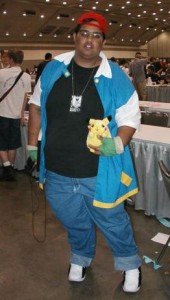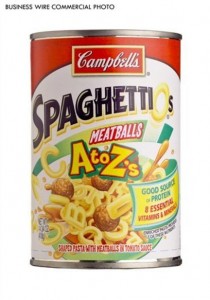Ket Candy Necklaces
Candy Necklaces were invented in 1958, although the inventor and location are unknown. The price now is incredibly cheap, ranging from $0.39 to $17.99 for a 60-ct. I now understand why I always ended up with at least one in goodie bags for birthday parties or in my Halloween candy bucket (ahem-cheap parents).
Candy necklaces were a big part of my childhood, although now I wonder why. They’re sticky and not hygienic in the slightest. The idea of a necklace that you eat, and the parts that you leave for later that stick to your skin, is simply revolting. When I read the piece by Allison James on ket, these were all I could think about.
These brightly colored, stretchy necklaces are prime examples of ket for their cheapness and the fact that an adult wouldn’t eat them under any circumstances other than to appease her child (my mom once did this and I distinctly remember watching the expression on her face and wondering why she didn’t like the gift I was graciously sharing with her).
These edible jewelry treasures are obviously not meant for adults, which is part of the appeal of ket to kids, or so James says (397). I, personally, never really noticed or cared what my parents thought of the types of candy I was consuming, although my brother did. After Halloween, he always knew that if he wanted something, he could bribe my mother with some of his chocolate candy. Never once did he offer her the “lower class” candy of ket. He enjoyed his ket, just like the rest of us, and so when he wanted to trade one of the kinds he didn’t like, he would wait for friends or neighbors’ kids. This agrees with the argument James makes that ket is used as a socialization tool for kids (400). Although, it would be amusing to watch two adults try to trade a gumball for some jelly beans.
I suppose that what James says about ket rings true: adults prefer their chocolate or “sweets,” while ket is left to the world of kids. The two worlds are separate, and while I certainly thought I would never grow tired of the bright, fun candy, I guess I’ve risen to the dark side: chocolate. I think I’m okay with that.







